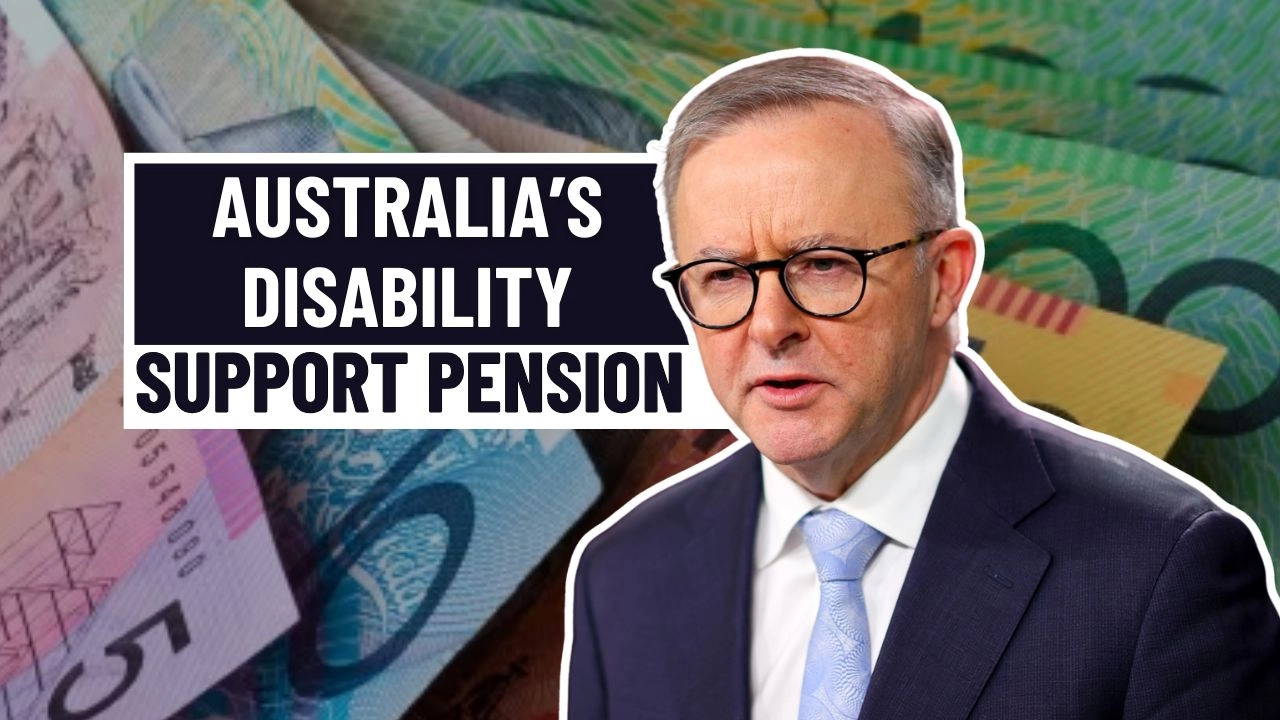Australians receiving the Disability Support Pension (DSP) will soon experience a welcomed increase in their regular payments. The government is rolling out an enhanced DSP adjustment designed to keep pace with inflation and the rising cost of living. This financial update is part of a broader strategy to ease economic burdens for people living with long-term disabilities.
DSP Adjustments Arrive to Reflect Current Economic Climate
The upcoming changes are grounded in routine indexation processes that use both the Consumer Price Index (CPI) and the Pensioner and Beneficiary Living Cost Index (PBLCI). These tools ensure that adjustments to welfare payments reflect real-life economic conditions. The 2025 changes are particularly timely, as Australians continue to face financial challenges linked to inflation and increased costs in essential services.
New Payment Levels Introduced for 2025
From March 2025, eligible individuals on the DSP will see an increase in their fortnightly payment. For singles aged 21 and over, the amount will rise from $1,038.40 to $1,062.80. Couples, on the other hand, will see their individual payments grow from $784.40 to $801.00. This increase includes both the base pension and additional supplements. The rates for young people under 21 are also being adjusted, ensuring fairness across all age groups receiving the benefit.
How the Updated DSP Rates Will Apply
For youths under 21 who live at home, the revised payment will be $561.20, up from $548.80. Those living independently in this age bracket will receive $748.10 instead of the previous $729.60. These increases acknowledge that even younger recipients experience rising living costs and need appropriate financial support.
Who Will Benefit From the Upcoming Payment Increases?

Individuals who already qualify for DSP and continue to meet the criteria will receive the updated rates automatically. Eligibility requirements include having a permanent physical, intellectual, or psychiatric disability, being aged 16 or older but younger than the age pension threshold, and satisfying income and asset tests. Anyone applying in 2025 and approved after March will also be paid according to the new structure.
Financial Security for a Community in Need
This boost in payment serves as more than a simple economic adjustment—it is a measure of security for many who depend solely on their pension to meet daily needs. With rising costs in healthcare, rent, food, and utilities, many people with disabilities are especially vulnerable to economic shifts. The increased payments provide a much-needed cushion to help them maintain independence and a decent quality of life.
A Step Forward, but More Progress is Needed
While the March 2025 increase is part of routine indexing, it highlights ongoing concerns about the adequacy of existing support systems. Many advocacy groups argue that regular adjustments are not enough and that more comprehensive reforms are necessary. There is increasing public discourse around improving access to services and job opportunities for individuals with disabilities, suggesting that future policy may extend beyond financial measures alone.
The Road Ahead for Disability Welfare Programs
As Australia continues to navigate economic transitions and demographic changes, programs like the DSP will remain essential in the welfare landscape. The 2025 boost is a clear signal of the government’s recognition of the challenges faced by disabled citizens. However, long-term resilience may require deeper structural changes that ensure inclusivity, dignity, and opportunity for all Australians living with disability.


